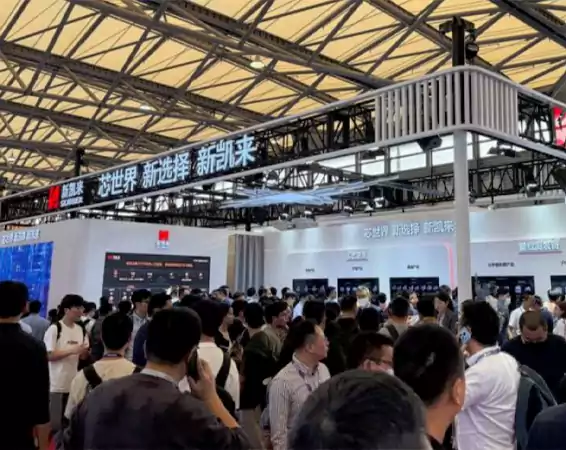
With the introduction of its own chip-design suite, a unit under China’s SiCarrier has quietly taken a daring step into the center of semiconductor technology. It has set a spotlight on Beijing’s increasing resolve to seize command of major technologies.
Claiming full autonomous intellectual property ownership, the subsidiary called Yunqifang unveiled two new EDA (electronic design automation) software products. Planning and simulating chip operations call for these tools, which have long been the province of U.S.-based businesses. Analysts consider this to be a well-timed indication. Citing national security concerns, Washington has tightened restrictions on cutting-edge design software entering China in recent years. Such limitations have brought up significant issues about China’s capacity to develop complex semiconductors.
Yunqifang showed one tool for schematic capture and another for printed circuit board (PCB) layout at a Shenzhen exhibit. The business maintains that the updated software works well on several Chinese operating systems, middleware, and databases. It stated in marketing materials that performance measures exceeded current industry norms while shortening hardware development timescales by several per cent.

Supported by the Shenzhen municipal government and noted for providing products to HarmonyOS focused Huawei, SiCarrier itself has recently attracted new interest in the Chinese semiconductor industry. Founded in 2021, the company has since been energetically establishing a reputation for bold ideas in chip-related infrastructure. The timing may also represent larger diplomatic and financial stories. Every move in the high-tech sector is examined for its geopolitical impact as tensions between China and the U.S. rise.
A form of technological insurance, a locally made EDA system insulates Beijing from dependence on foreign suppliers. Many questions persist, nevertheless. Adoption past pilot consumers is unknown, and third parties have yet to verify the programme on their own. Key challenges are whether Yunqifang’s promise will result in widespread application and whether it can match the fast innovation cycles in chip design.
